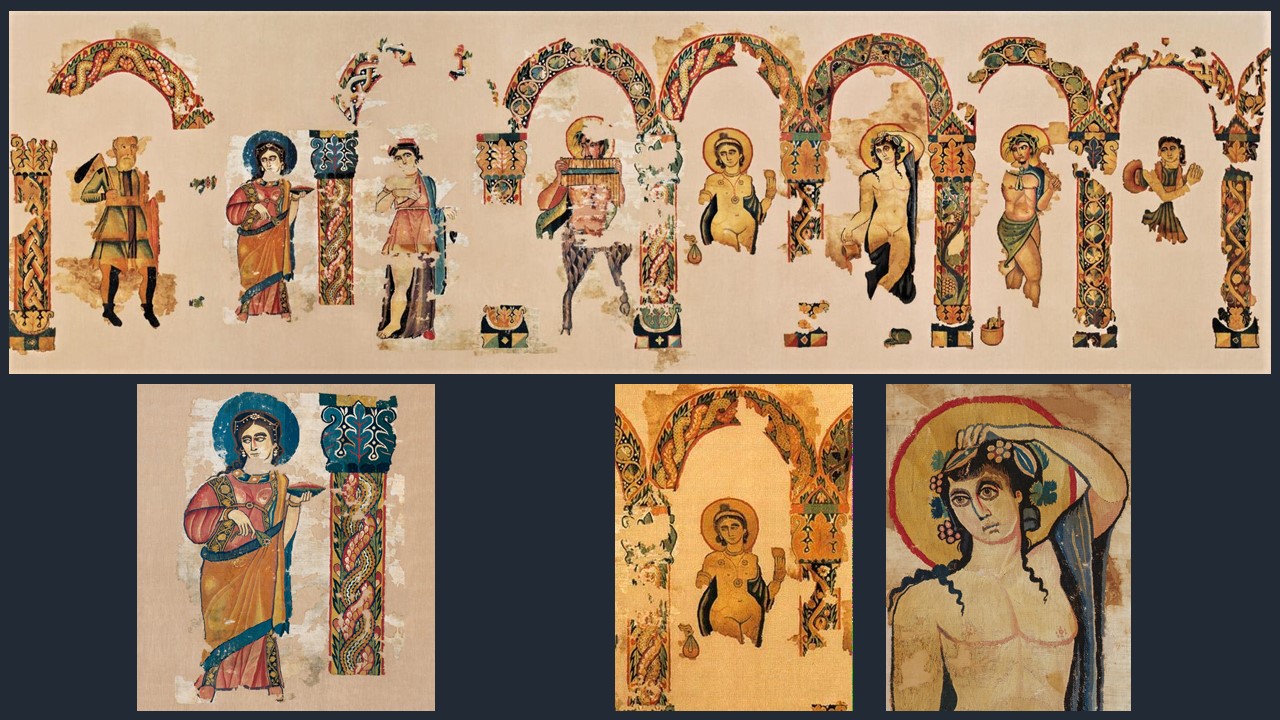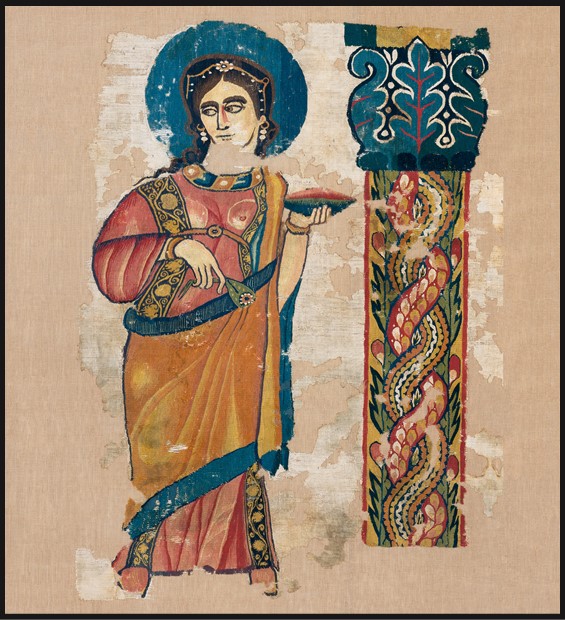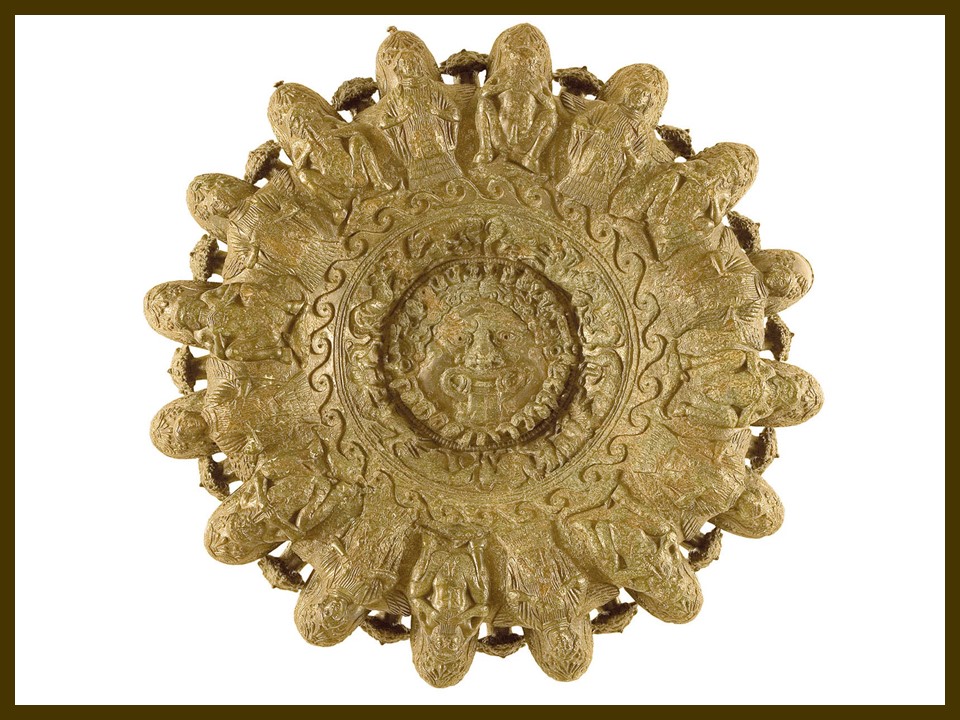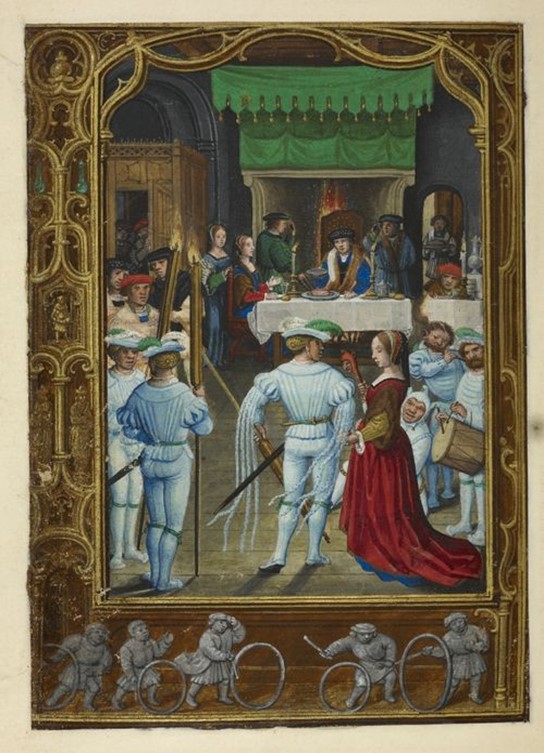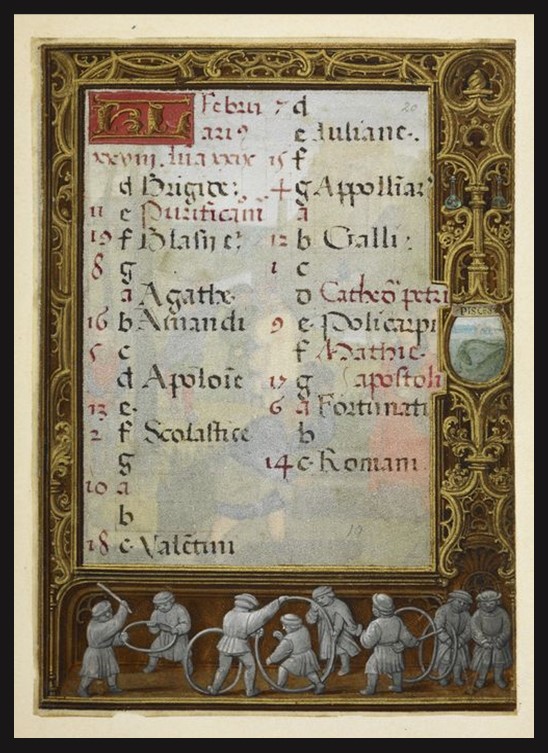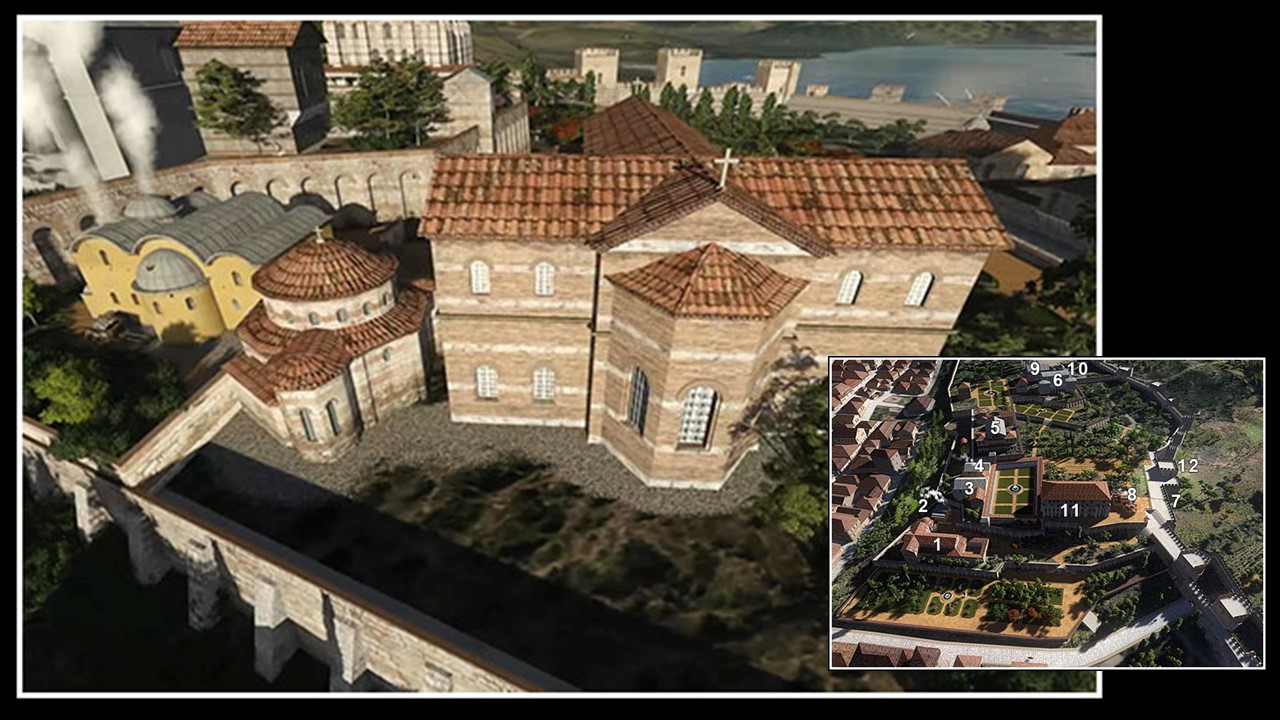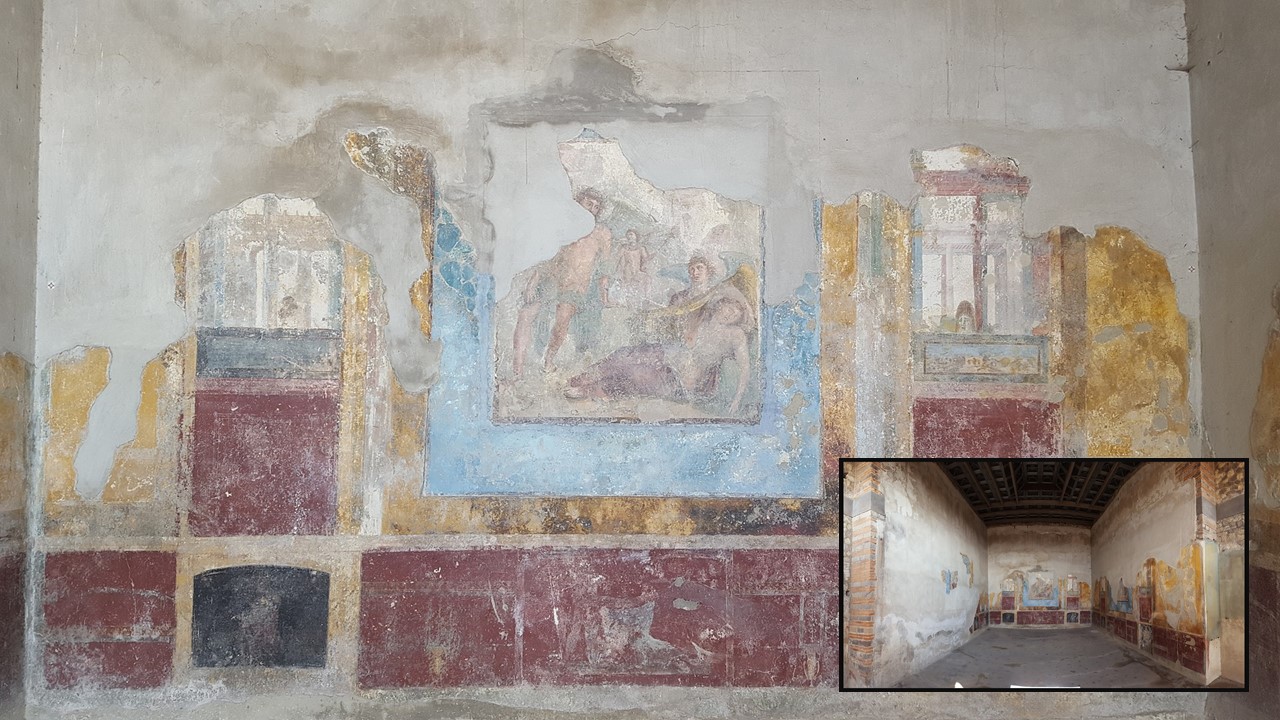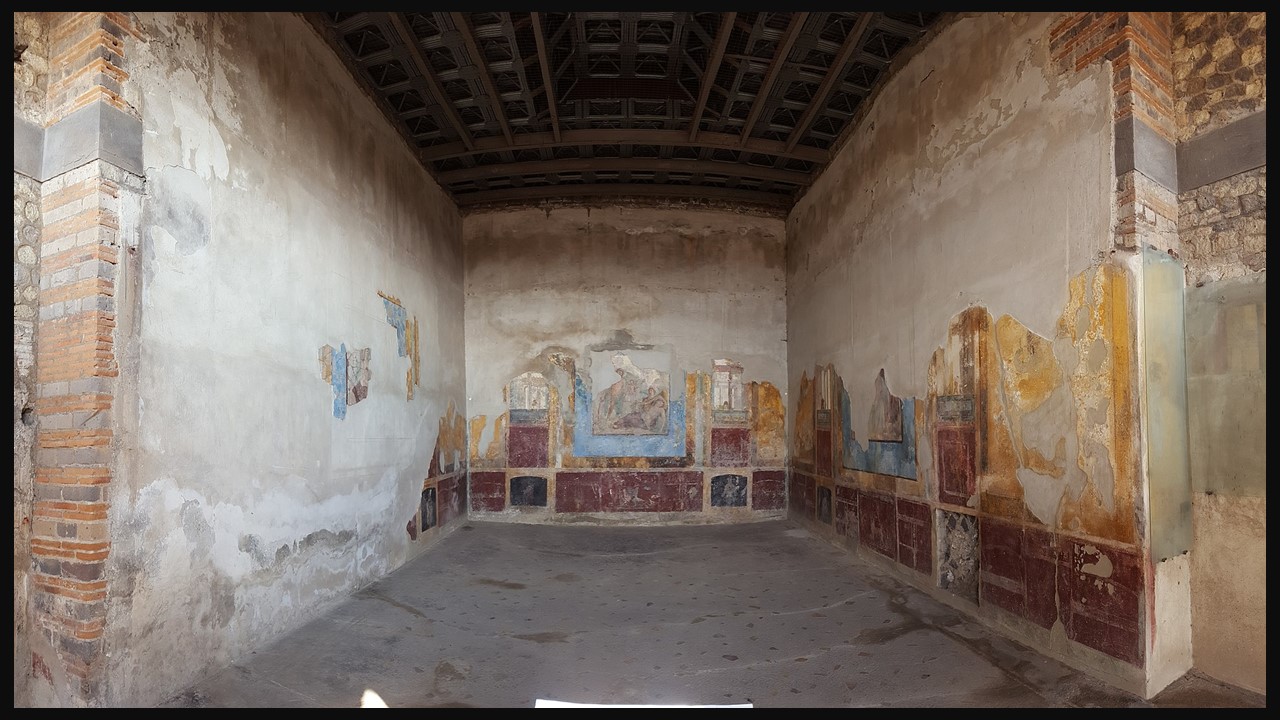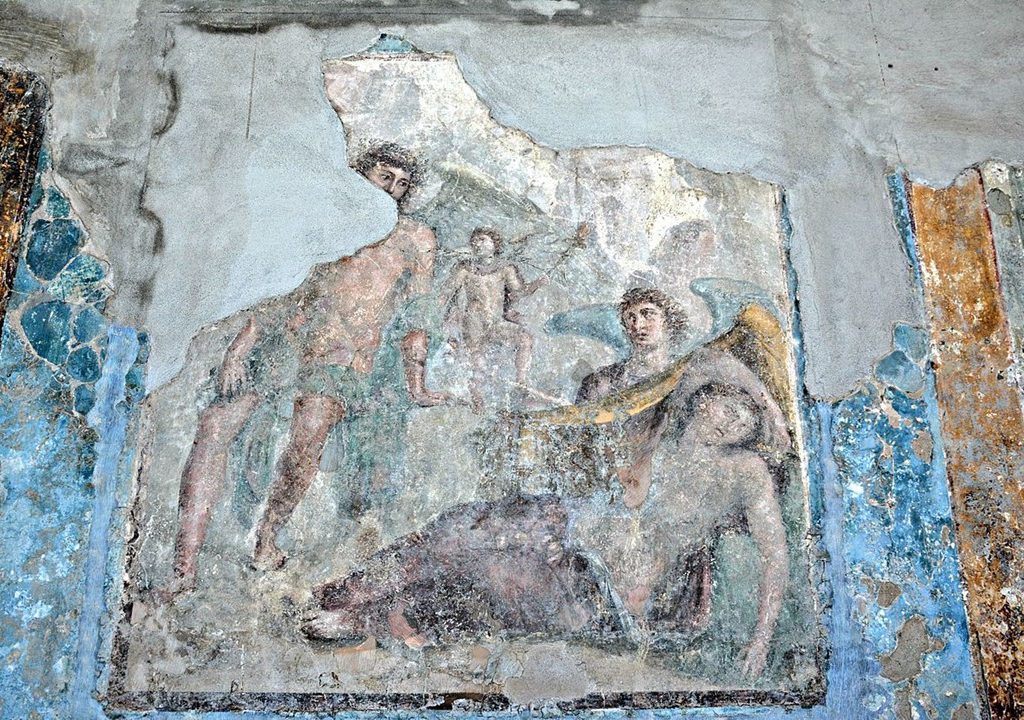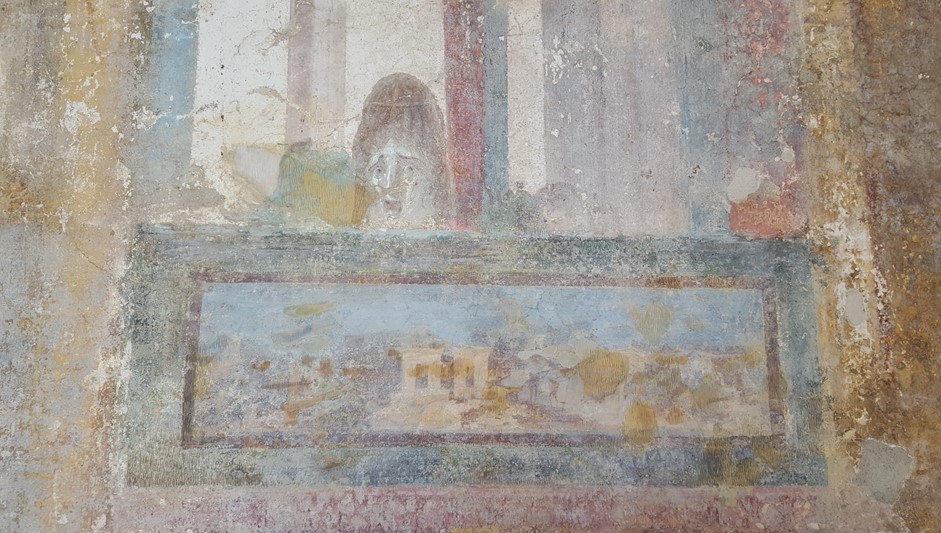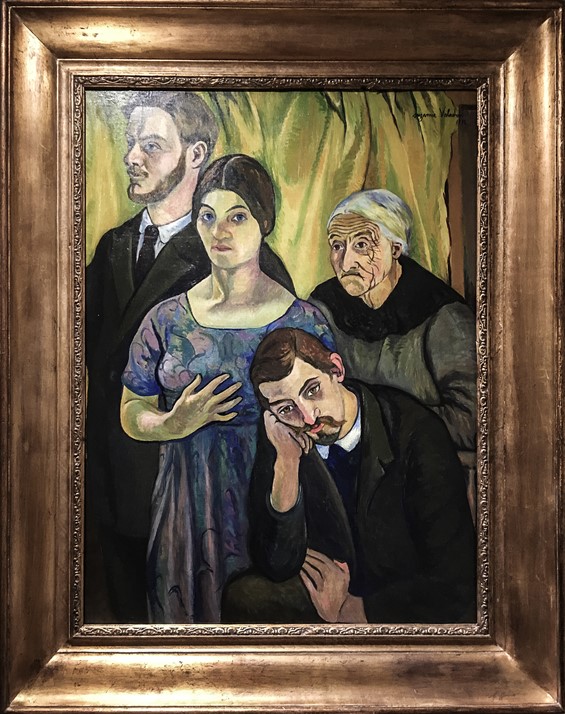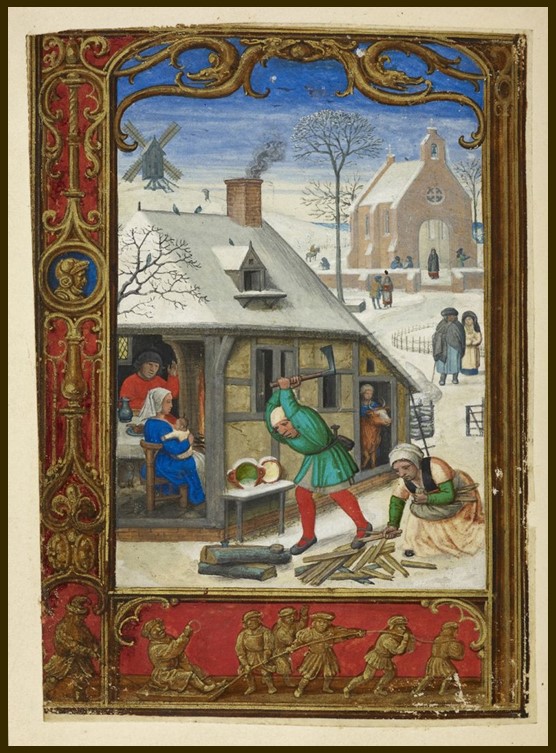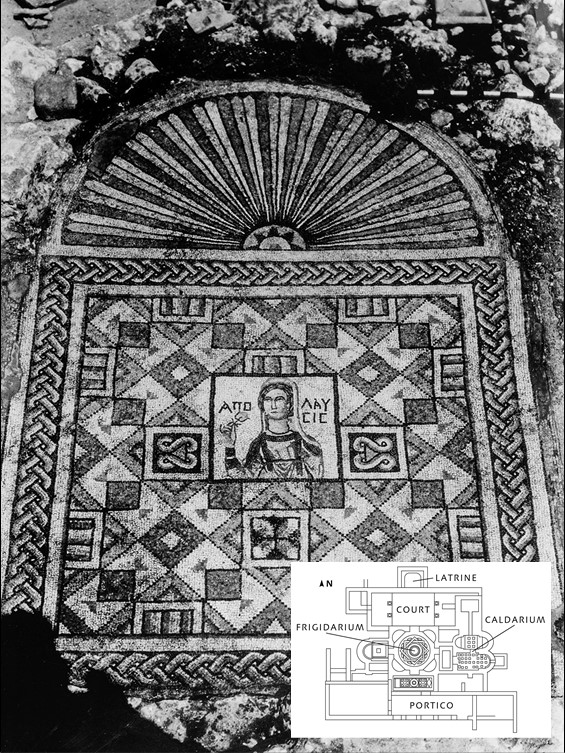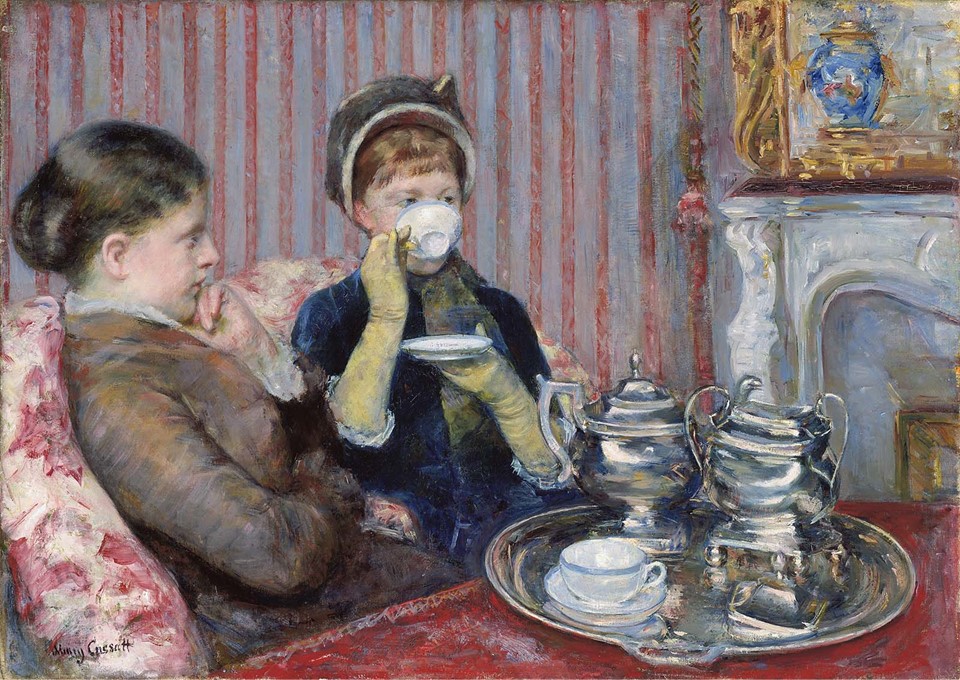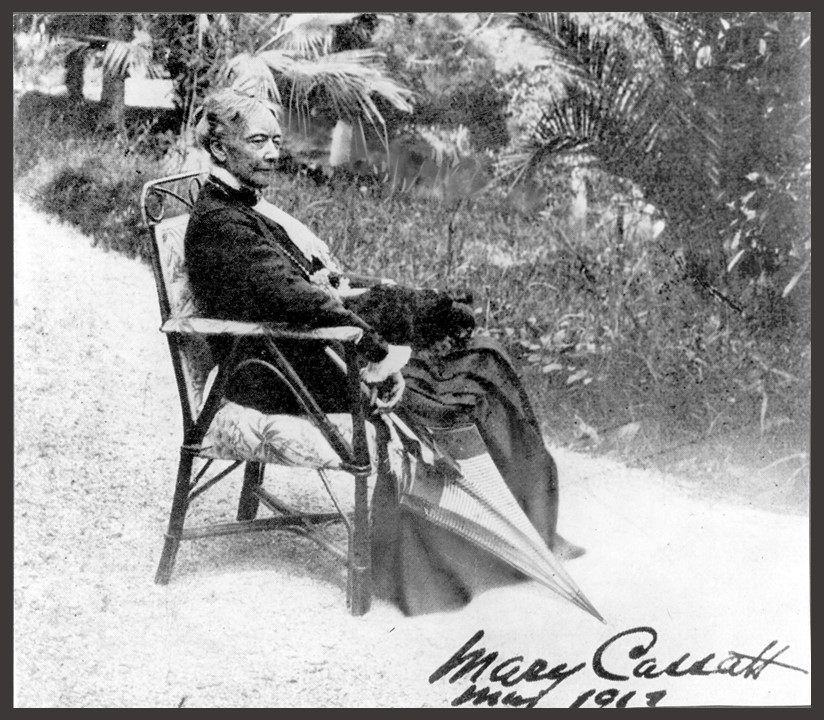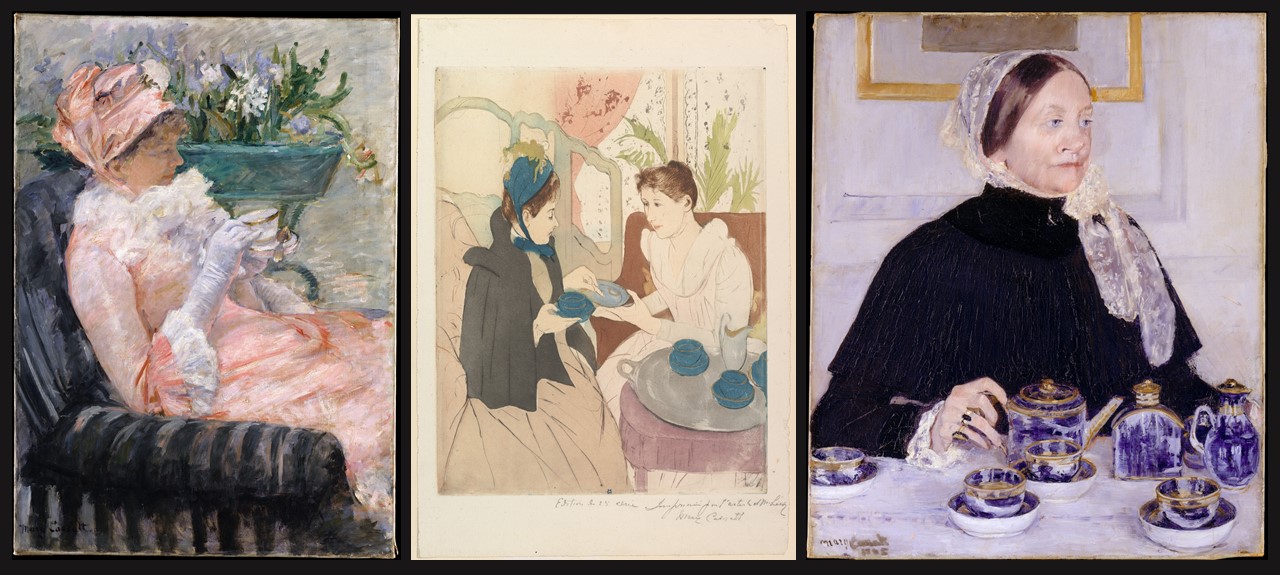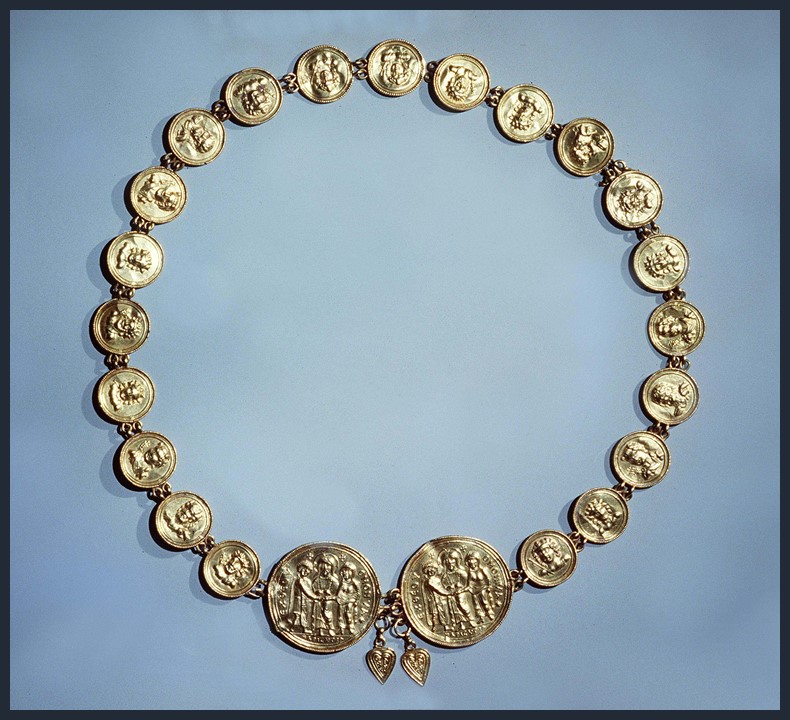
https://www.doaks.org/resources/bliss-tyler-correspondence/art/bz/BZ.1937.33.jpg/view
That which her slender waist confin’d, / Shall now my joyful temples bind; / No monarch but would give his crown, / His arms might do what this has done. / It was my heaven’s extremest sphere, / The pale which held that lovely deer, / My joy, my grief, my hope, my love, / Did all within this circle move. / A narrow compass, and yet there / Dwelt all that’s good, and all that’s fair; / Give me but what this ribbon bound, / Take all the rest the sun goes round… wrote Edmund Waller, back in the 17th century… and I imagine another slender waist confin’d by a Byzantine Girdle, masterfully created back in the 6th or the 7th century… https://www.poetryfoundation.org/poems/45437/on-a-girdle
The Gold Byzantine Marriage Belt at Dumbarton Oaks is small, but lo and behold, it’s luxurious and precious, unique, and ever so beautiful! It combines Christian and pagan iconography… two large medallions depicting Jesus uniting a young couple as they clasp each other’s right hand, in a gesture, known as the dextrarum iunctio, that had been part of the Roman marriage rite, and twenty-one small medallions that contain busts of pagan figures: all men, some draped, several bearded, others with leaves in their hair, a few holding the thyrsos—a staff associated with Dionysos—and some a caduceus, the rod of the god Hermes/Mercury. Framing the central, Marriage scene, is the inscription, “From God, concord, grace, health.” http://museum.doaks.org/objects-1/info/27445
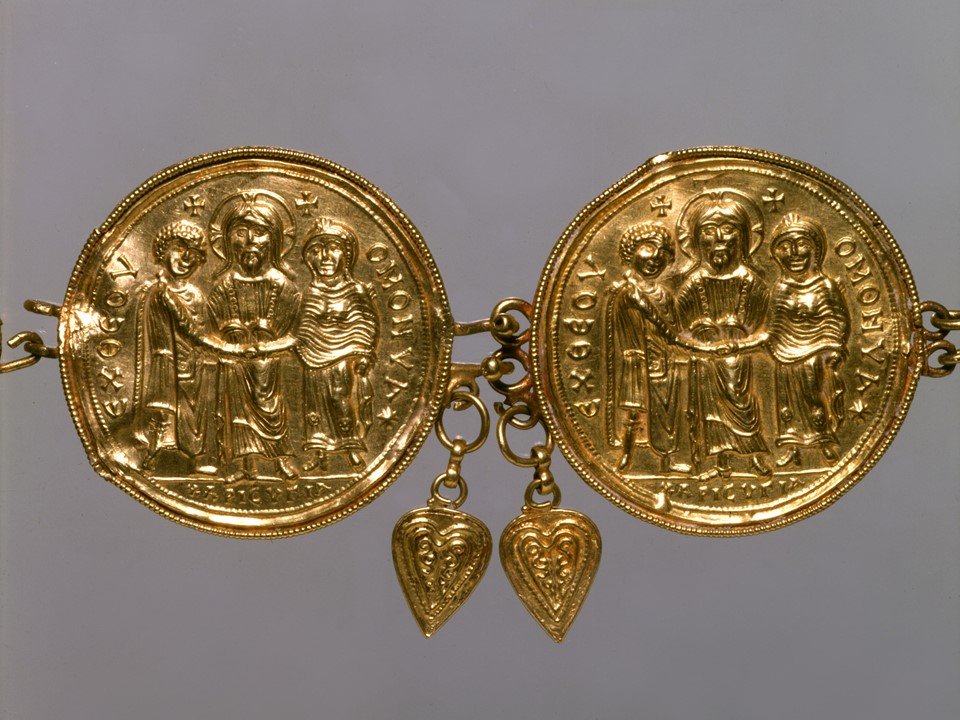
http://museum.doaks.org/objects-1/info/27445
The fascinating aspect of the Dumbarton Oaks marriage belt is how the artist combined the “sacred with the profane…” Jesus blessing the young couple, with Dionysus and his male entourage. The combination of Pagan and Christian traditions in early Byzantine marriage art is captivating. The presence of Christ uniting the young couple in the larger, central two disks was apparently a popular practice in wedding belts and marriage rings. There is a similar second belt at the Musée du Louvre in Paris, and numerous variations on marriage rings to testify to the fact. What the Dumbarton Oaks experts find challenging is the integration of non-Christian figures with the Christian scenes. https://collections.louvre.fr/en/ark:/53355/cl010256506 and http://museum.doaks.org/objects-1/info/27445

http://museum.doaks.org/objects-1/info/27445
It is also interesting to read the actual Epithalamic Poem by Dioscorus of Aphrodito dedicated to Count Callinicus… τον περίβλεπτον κόμετα Καλλίνικον… Bridegroom, may your wedding be filled with the dancing of the Graces; may it ever seek the help of Wisdom after Beauty. You are marrying a bride who is an enviable Ariadne, silver-sandaled Theophile wreathed in gold. (May your marriage) have the scent at once of love and of wisdom. Gold has embraced gold, and silver has found silver. You raise up the honey-sweet grape cluster, in its bloom of youth; Dionysus attends the summer of your wedding, bearing wine, love’s adornment, with plenty for all, and blonde Demeter brings the flower of the field. . . . They have woven holy wreaths round your rose-filled bedroom. Like splendid Menelaus, but more tawny colored, follow your Helen, a wife who will not leave you. And afterwards you shall see dear children on your lap, like both your excellence and your wife’s to look upon. I wish a famous painter would accurately depict your lifelike image, with his craft to work your beloved likeness, whose bright beams flash with joy like the moon. Your young body has surpassed prize-winning Bellerophon, and your beauty is that of measureless excellence. To judge impartially, you have outdone Achilles and Diomedes, and easily outstripped Ares and brave Herakles. Be gracious to me in my awe of you, so I may sing your song: I came sailing on my voyage, inspired by your measureless excellence. Not in a worldly sense . . . https://publishing.cdlib.org/ucpressebooks/view?docId=ft0m3nb0cs;chunk.id=d0e3949;doc.view=print -88-
If you are interested in discovering how the Dumbarton Oaks Marriage Belt ended in the renowned Washington DC Museum, please click HERE! and read the correspondence between Mildred and Robert Bliss and Royall Tyler between September 1937 and August 1938. It is a fascinating story… https://www.doaks.org/resources/bliss-tyler-correspondence/letters#b_start=0&c1=Marriage+Belt
